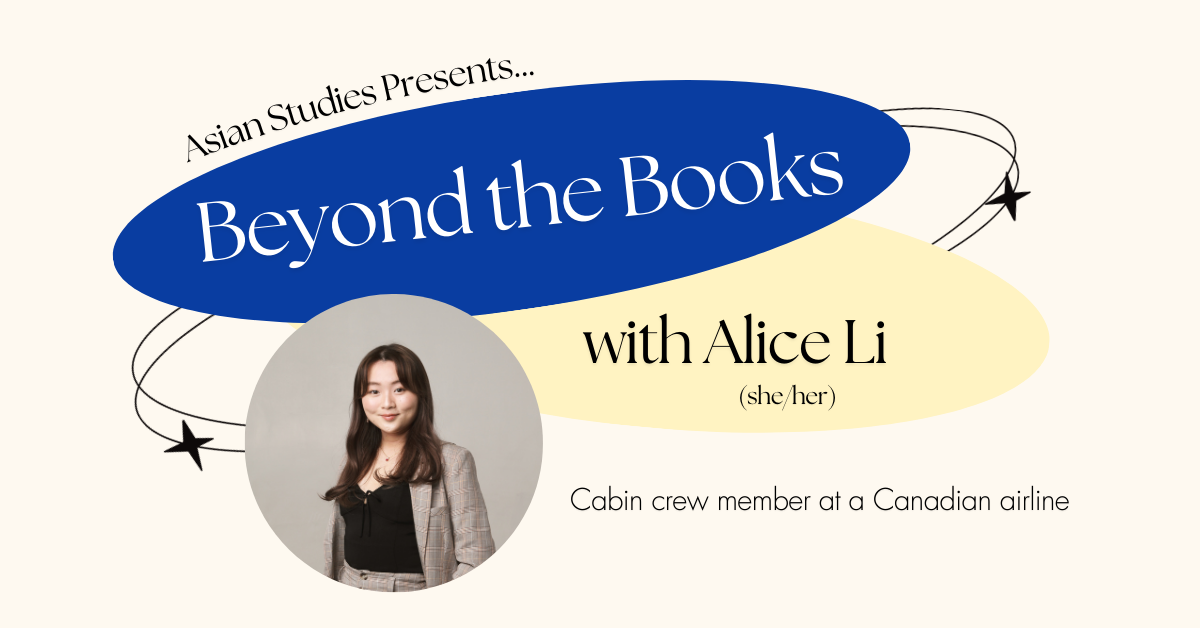A new segment where we take a current event trending in the news and ask one of our faculty members to chime in with their insight.


Today we asked Dr. Anne Murphy, Associate Professor in the Department of Asian Studies, about the recent appointment of the Honourable Harjit Singh Sajjan as Canada’s Defense Minister. Dr. Murphy’s research interests focus on early modern and modern cultural representation in Punjab and within the Punjabi Diaspora, as well as more broadly in South Asia, with particular attention to the historical formation of religious communities and special but not exclusive attention to the Sikh tradition.
Q: Why is there so much excitement over Sajjan’s appointment as Defense Minister?
It is important, I think, first of all to highlight the general reasons that Harjit Singh Sajjan’s is an exciting appointment. Sajjan’s record is exemplary and he has served with distinction in diverse locations, around the world: Canadians can be proud to see him at the helm. His identity as a South Asian member of the cabinet also represents the respect for diversity and inclusion that is at the centre of the Canadian imaginary. For all of these reasons, his appointment is significant for all Canadians, not just Punjabis and not just Sikhs. At the same time, there are obvious reasons for excitement among Asian Canadians, and particularly Punjabi Canadians: it means a great deal that the Defence Minister for Canada is a turbaned Sikh. With more members of Parliament from the Punjabi community than ever before, this is a very important moment for Canada’s Punjabi community, and Sajjan’s appointment to such an important position is, one might say, icing on the cake. It demonstrates the level of participation and inclusion of Punjabis and Sikhs in Canadian society, and their wide ranging contribution to this society.


Harjit Sajjan. Photo by Adam Scotti
Q: When Sajjan first attempted to join the military he was turned away because of the dress associated with his religious identity as a Sikh, the turban. Now he and three other Sikhs (one of whom also wears a turban) have been appointed as ministers into parliament. How have you personally seen the Sikh and Punjabi experience in Canada progress?
I’ve been in Canada for a little less than a decade, but even in this short period I have observed the increasing confidence and success of this growing and diverse community. There is an unfortunate tendency, I think, in the mainstream media and informal general conversation alike to speak of the “Sikh community” of Canada or BC in monolithic terms, as if we can easily characterize and define it. This was not the case ten years ago and is even less the case today. British Columbia is home to an incredibly vibrant and diverse Punjabi community. The Punjabi Ministers in this government demonstrate this: they come from diverse walks of life, backgrounds, and regions, and will contribute in diverse ways to Canadian life. In my years at UBC we have partnered with diverse organizations and individuals in the Punjabi Canadian community –such as the Hari Sharma Foundation, the South Asian Film Education Society, the Vancouver International Bhangra Celebration, Rangmanch Punjabi Theatre, among others– organizing events dedicated to exploring Indo-Canadian history, Punjabi language and literature, South Asian arts and culture, and much more. The members of this community consistently defy any effort to limit them, or to define them. That is what makes my job very exciting, to live in a place that is so alive with Punjabi culture, history, and language, right here in North America. These ministerial appointments signal the diversity and achievement of this community, in all its myriad forms, and it is an important moment to sit back and recognize this.
Q: How does UBC Asian Studies contribute to our understanding of the Punjabi Canadian community?
We have a range of classes taught by several faculty in the Department that address South Asian and Asian Canadian history, cultural production, and experience. My colleagues Adheesh Sathaye and Harjot Oberoi, for example, teach classes that explore Asian folklore in Vancouver and the history of South Asians outside of South Asia. Given my focus on Punjabi language, literature, and culture, I teach about Punjabi-Canadian history and experience in several classes, both in the context of larger classes that deal with South Asia and those that focus on the South Asian Diaspora. For instance, I am currently teaching ASIA 376 “The Sikhs: Formations, contexts, and historical development”; in this class, I teach about the history of the Sikh tradition with a focus on South Asia, but important components of the class address the history of the Sikh community in Canada and the USA. This year I am also teaching for the first timeASIA 475 “Documenting Punjabi Canada.” This class involves students in interviewing members of the Punjabi-Canadian community and producing either traditional scholarly papers or, more frequently, short video projects that draw on these interviews. The class is modelled on an oral history program that we began in the Punjabi language program. (See results of prior student workat http://blogs.ubc.ca/punjabisikhstudies/). Next semester I will teach ASIA 365 on “Punjabi Cinema,” and while most of the films in the class were made in India, there is growing involvement of Canadians in the production of Punjabi film, so this class will include examples of this as well.
It is important that we acknowledge and explore the very local dimensions of South Asian culture here in British Columbia, without losing sight of the importance of studying South Asia, in its own right. This is a very important role that the Department of Asian Studies can play at the University, enhancing a transnational conversation and exploring diverse, deep, and historically rich links between South Asia and Canada. I’ve been excited in the past few years to do what I can to support the formation of a new “Asian Canadian and Asian Migration Studies” program, now being led brilliantly by Professor Christopher Lee of the English Department. This new program offers students the opportunity to engage in community-based work and academic study of Asian Canadian communities. Professors and students in Asian Studies can contribute to and participate in such a program in tandem with the work we do in Asia itself.


